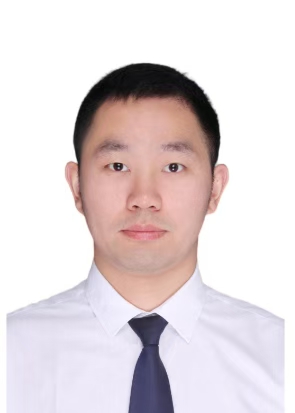Wei Ma
Phone: +86 18810205201
Email: maweiucas@163.com / 2024700027@buct.edu.cn
-------------------------------------------------------------------------------------------------------
Education:
2012.09-2016.06 | Wen Zhou University | Environmental Science | Bachelor Degree |
2016.09-2019.09 | Research Center for Eco-environmental Science, Chinese Acadamy of Science | Environmental Science | Master Degree |
2020.09-2024.06 | Beijing University of Chemical Technology | Environmental Science | Doctor Degree |
-------------------------------------------------------------------------------------------------------
Research Interests:
1. Atmospheric chemistry and environmental effects of reactive halogens.
Reactive halogens (such as Cl2 and chlorine radicals) are a new class of atmospheric pollutants, which will undergo complex photochemical reactions and surface/interface reactions in the atmosphere, which have a significant impact on the degradation of primary pollutants and the generation of secondary pollutants.
2. Oxidative degradation of VOCs and its impact on the formation of secondary pollutants.
VOCs in the ambient atmosphere will be oxidized and degraded by free radicals (such as OH free radicals and chlorine free radicals) to form intermediate oxidation products with different volatile intervals, such as IVOCs, SVOCs, LVOCs and ELVOCs, etc., and the oxidation intermediate products will generate secondary organic aerosols through the process of gas particle partitioning and condensation, and at the same time, the formation of ozone will be promoted in the presence of NOx. Combined with multi-source mass spectrometry, field observation, laboratory (smoke box or flow tube) and model simulation, the oxidative degradation kinetics and oxidation product distribution of multi-source VOCs were explored, and the contribution of oxidative degradation of VOCs to ozone and secondary organic aerosol generation was further clarified, which is conducive to understanding the generation mechanism of atmospheric compound pollution.
3. Application of multi-source mass spectrometry in ambient.
According to the selectivity of different ion sources to the characteristics of organic molecules, combined with a variety of ion sources (H2O, CH3I, HNO3, CH2Br2 and NH3H2O, etc.) mass spectrometers to explore the pollution characteristics, sources and generation pathways of different volatile organic molecules in the urban atmosphere, a database of the full volatile interval of organic molecules was established, and its contribution to the generation of new particles and secondary organic aerosols was explored.
-------------------------------------------------------------------------------------------------------
Representative Publications:
2. Wei Ma, Zemin Feng, Xin Chen, Men Xia, Yafei Liu, Yusheng Zhang, Yuan Liu, Yuzheng Wang, Feixue Zheng, Chenjie Hua, Jinwen Li, Zhixin Zhao, Hongling Yang, Markku Kulmala, Douglas R. Worsnop, Hong He, Yongchun Liu*. Overlooked Significance of Reactive Chlorines in the Reacted Loss of VOCs and the Formation of O3 and SOA. Environ. Sci. Technol., 2025, 59, 6155−6166.